
Playtime is an exhilarating, fun bonding activity owner and cat can partake in on regular basis.
Since each cat is an individual identifying your cat’s environment, personality, toy preference and motivation will empower you to tailor play to suit your feline’s needs.
Let’s evaluate the benefits of play including appropriate techniques for successful play sessions.
Why You Should Play With Your Cat?
Welfare enhancing advantages for play in pet cats:
1. Increased Physical Activity
Increased energy expenditure through expanded play opportunities; both interactive play with owners (i.e. using wand toys), independent play by offering toys and climbing/exploration opportunities (i.e. cat trees, boxes, tunnels and other obstacle courses) are vital particularly for indoor-only cats which don’t have the prospect to explore outer territory.
2. Enhanced Feline Wellbeing
Addressing environmental and behavioural needs by providing opportunity for play and predatory behaviour is important for your cat’s wellbeing (see Pillar 3 of AAFP and ISFM Feline Environmental Needs Guidelines, Journal of Feline Medicine and Surgery)
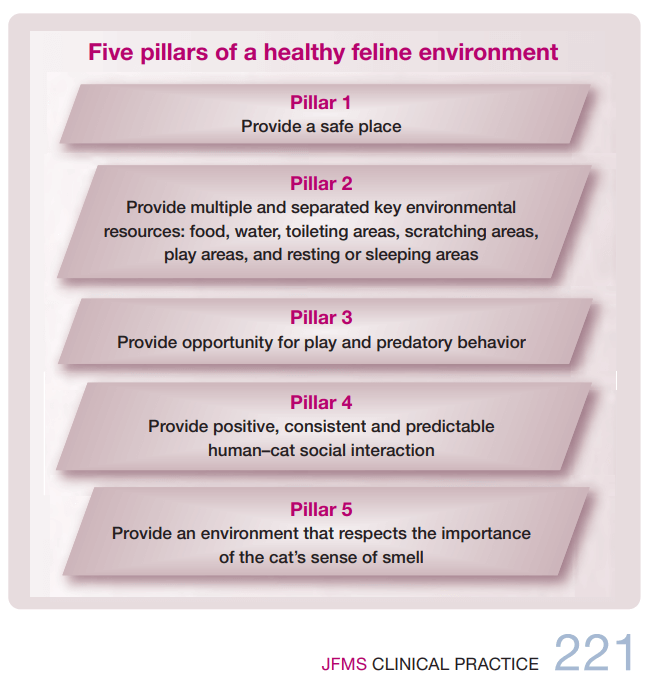
Pillar 3 states that cats should be able to engage in pseudo-predatory play and feeding behaviors such as toys and play-based interaction with the cat owner and with other socially compatible cats.
In felines with freely outdoor accessibility, predatory behaviour takes substantial part of their cognitive and physical engagement throughout the day. Insufficient or no prospect for expression of play/predatory behaviour for indoor only cats may result in boredom, anxiety, frustration which might present as over-grooming or stress related disease.
Providing possibility for predatory-like behaviours through playtime can help keep your cat in good mental condition and dissipate behavioural problems.
3. Improved Human-Cat Bond
Many cat owners form strong emotional relationships while engaging in collaborative play and other activities with their cat, regrettably not all cats wish to be cuddled.
A US based study of pet owners conducted by Todd Lue and colleagues (2008) uncovered that those owners who display strong bonds with their cats seek higher levels of veterinary care, visit a veterinarian more frequently and are more likely to seek preventive healthcare compared with cat parents who exhibit weaker bonds.
4. Prevention and Obesity Treatment
Inside only cats who lack physical stimulation are prone to obesity including health conditions like diabetes and heart disease with an overall decreased longevity.
Encouraging consistent daily exercise appropriate to your cat’s specific age can prevent overweightness, illness and keep your cat in good physical condition.
Types of Play
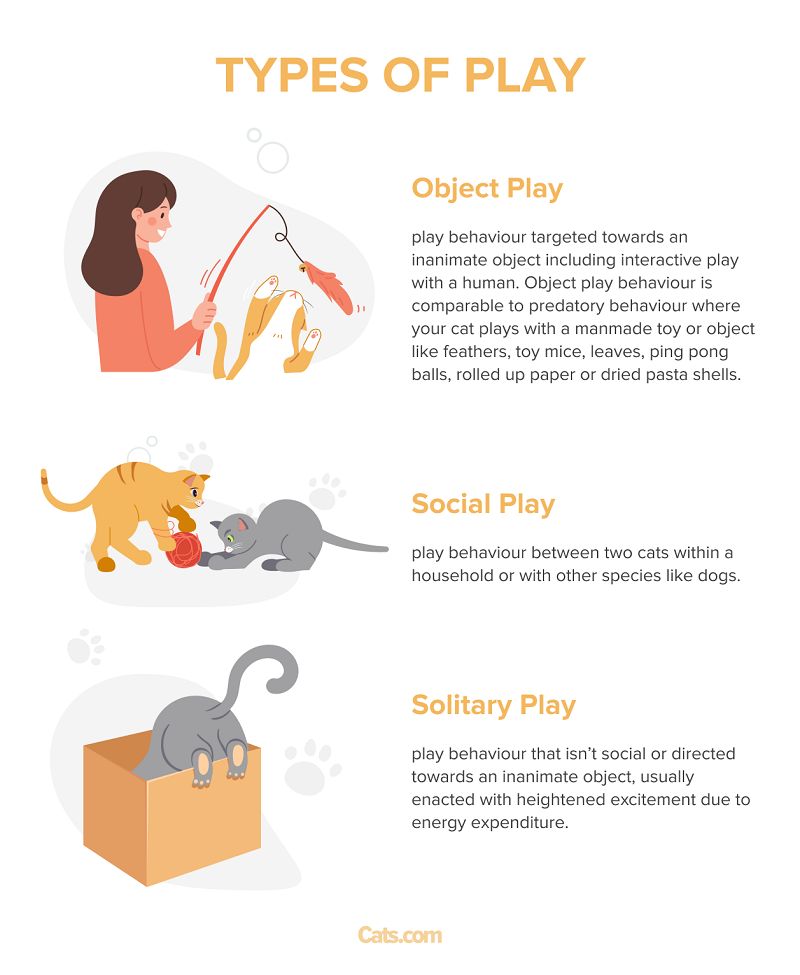
Play can be categorized into 3 types:
- Object Play – play behaviour targeted towards an inanimate object including interactive play with a human. Object play behaviour is comparable to predatory behaviour where your cat plays with a manmade toy or object like feathers, toy mice, leaves, ping pong balls, rolled up paper or dried pasta shells.
- Social Play – play behaviour between two cats within a household or with other species like dogs.
- Solitary Play – play behaviour that isn’t social or directed towards an inanimate object, usually enacted with heightened excitement due to energy expenditure.
Toy Selection
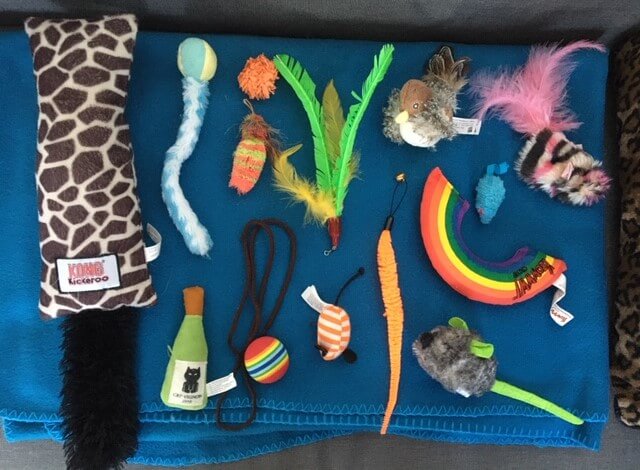
Melina’s Partial Cat Toy Collection. Melina Grin / Cats.com
Every cat will have their own likes/dislikes involving toys and play sessions, some will be based on the following:
- Texture
- Contour
- Size
- Odour
- Sound
- Movement
- Time of day
- Mood
- Owner interaction
- Location
The Dos and Don’Ts of Playing With a Cat
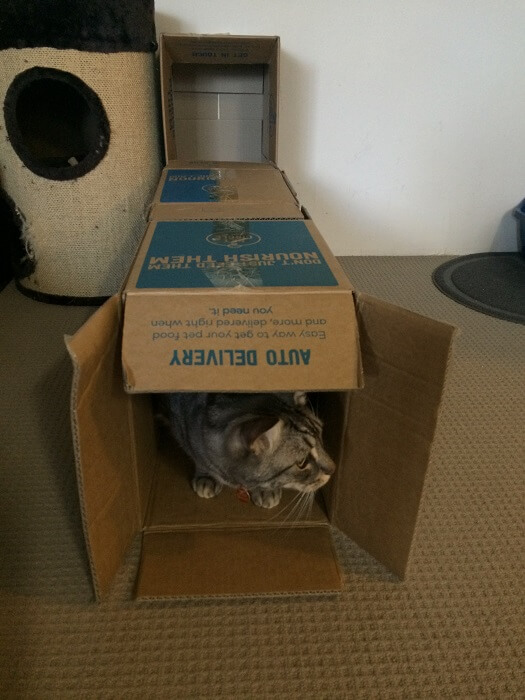
Melina’s DIY Cat box house for Jimmy and Jose Miguel. Melina Grin / Cats.com
It’s important to play with your kitten/cat correctly in one or more of the following methods:
Do’s for Playing With Your Cat
- Teach kittens to play with humans with interactive toys instead of hands/feet.
- Use toys containing feather and/or fur in play.
- Make play a daily habit; early morning and before dinner or bedtime, especially when your cat has the zoomies.
- Use wand/rod type toys on a long stick with the toy attached on a lengthy string to keep your cat far away from body parts. Great toys include rod toys, Go Cat Da Bird range and cat-dancer.
- Move wand toys in a manner that imitates flying prey and ground moving target for your cat to stalk and chase. Remember to pull the ‘prey’ away from the cat not towards it.
- Replicate prey capture by letting your cat catch the toy at the top of the wand toy.
- Use big soft toys that may be tussled with, scraped with the feet and bitten.
- Move a string, wand or feather under a towel, blanket or rug, make a rustling sound and watch your cat attempt to hunt the object.
- Throw your cat a toy to fetch; certain cats are more receptive to playing fetch than others.
- Blow catnip-infused bubbles solution for your cat to catch.
- Scatter cardboard boxes with entry/exit holes, bags and cat activity centres to encourage social play between cats.
- In multi-cat households play with each cat separately with their favourite toy(s).
- Encourage older cats to take part by enticing them with soft toys, floor games, horizontal scratchers, ribbons and a food dispensing ball.
- To end playfulness, progressively reduce the toy movement, eventually stop it completely.
Most Important have lots of FUN!
Don’ts For Playing With Your Cat
- Don’t encourage your kitten/cat to play with human body parts.
- Don’t’ keep a tiny toy in your hand then tease your cat to grab it.
- Don’t leave cat toys on the ground since they’re boring, presumed ‘dead’. Toys should mimic prey; little, silent and always on the move.
- Don’t place toys close to your cat’s face, cats can’t see close by objects, best if the item is few feet away.
- Don’t pet or pick up your kitten/cat during playtime to discourage them associating hands as toys.
- Avoid frustration inciting play with laser pointers only. Laser sticks should never be the sole source of a hunting quest, it should be incorporated into a play routine with other playthings the cat can catch and ‘kill’.
- Don’t leave your kitten unsupervised with toys which can be torn, swollen or eaten like feathers and strings. Safety is paramount!
- Don’t end play sessions too quickly, your cat may appear to stop playing by walking away or watching it from a distance, however he/she may resume play after a brief time. Stopping play at that specific moment may trigger frustration.
- Don’t punish your kitten or cat that scratches or bites during play since it can lead to fearful behaviour.
Playtime Tips

Jose Miguel playing with Da Bird in the garden. Melina Grin / Cats.com
Cats are intelligent individuals who like novelty items and experiences, but sadly they often get bored with the identical toy within days/weeks, so rotate games on weekly basis to decrease monotony, hide gizmos in a drawer when isn’t in use.
Introduce innovative sensory experiences with the utilization of catnip or Silver Vine along with food puzzles.
Also Read: The 10 Best Cat Slow Feeders & Puzzle Feeders
Provide many exploratory vertical spaces, hiding spots (boxes) and scratching posts.
Always provide your kitty variety and options, allow them to choose what games they like best!
Play in short bursts before mealtime and reward with a treat or meal following a game to end the hunting sequence.
Cats require enrichment and should NOT be napping all day.
Conclusion
Providing proper fun and game prospects will encourage positive behaviour, reduce stress, prevent obesity and improve your cat’s wellbeing.
Frequently Asked Questions
How to play with your cat?
Interactive play with items which will be pounced on, batted, chased or grabbed with teeth and talons along with treasure hunts of yummy treats in boxes plus wand type toys that mimic prey are best.
How much should you play with your cat?
As a rule, try spending a minimum of 15 minutes twice on daily basis engaged in workout or play activity together with your cat, indoor-only cats should participate in short frequent bouts of play as often as possible. Although outdoor moggies get plenty of exercise, young cats have lots of energy to burn requiring playtime prior to bedtime.
Do cats like to play with you?
A cat needs to be able to fulfill its instinctive predatory behaviours through searching, stalking, chasing, pouncing, catching and manipulation which is challenging while being confined indoors, by giving them the opportunity of playfulness, they get to express their instinctive behaviours in the form of play.
How do I engage my cat in play?
Engage your cat in play once they have lots of energy to expand (usually evenings) by presenting them with a wand toy. Get your cat’s attention by attracting the wand in long quick sweeps along the ground or do circles within the air to encourage jumping and grabbing.
How do cats play with humans
You can teach kittens to play with humans with interactive toys instead of hands/feet. Don’t place toys close to your cat’s face, cats can’t see close by objects, best if the item is few feet away.
How to play with cats without toys
You can scatter cardboard boxes with entry/exit holes, bags and cat activity centres to encourage social play between cats. You can also move a string, wand or feather under a towel, blanket or rug, make a rustling sound and watch your cat attempt to hunt the object.
What do cats play with
Your cat plays with a manmade toy or object like feathers, toy mice, leaves, ping pong balls, rolled up paper or dried pasta shells.
How often should you play with your cat
Indoor-only cats should participate in short frequent bouts of play as often as possible. A minimum of 15 minutes twice on daily basis engaged in workout or play activity is recommended.
How to play with a cat without getting scratched
Don’t encourage your kitten/cat to play with human body parts and don’t’ keep a tiny toy in your hand then tease your cat to grab it. Instead use wand/rod type toys on a long stick with the toy attached on a lengthy string to keep your cat far away from body parts. Great toys include rod toys, Go Cat Da Bird range and cat-dancer.
-
Care, I. C. (2020, Septmeber 15). Module 5 Creating a Cat Friendly Home Part 2. (ISFM, Compiler) UK. Retrieved August 10, 2021
-
Care, I. C. (2020, September 01). Module 1 What am I and Where Did I Come From. (ISFM, Compiler) UK. Retrieved August 11, 2021
-
Todd W. Lue, M. P. (February 15, 2008). Impact of the owner-pet and client-veterinarian bond on the care that pets receive. Journal of the American Veterinary Medical Association, Vol. 232, No. 4, Pages 531-540. Retrieved August 12, 2021, from https://avmajournals.avma.org/doi/full/10.2460/javma.232.4.531
-
Zulch, D. S. (2010). Cat Behaviour Described Play. Retrieved July 13, 2021, from Cat Behaviour Described: http://www.learnaboutcats.co.uk/chapters/3-feline-play/Play.html
-
Atkinson, T. (2018). Cat Play. In T. Atkinson, Practical Feline Behaviour: Understanding Cat Behaviour and Improving Welfare. Wallingford, United Kingdom: CABI Publishing. Retrieved August 15, 2021





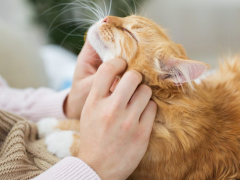
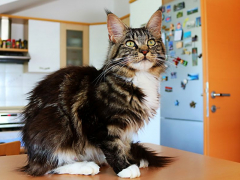

Sometimes older cats are less active during playtime but enjoy tracking a moving object just by watching. So, even if your older kitty doesn’t chase and pounce, there is still value to the interaction.
Agree!
I would like someone to come and watch me call then play with the neighborhood 20+ cats. I’m in Fayetteville NC right now but was doing it at my new home in a different town. The neighborhoods family and friends comes to watch It’s amazing and fun.
Hi Margo,
I would have loved to; however, I live in Australia.
Thank you for everything that you do for the neighborhood 20+ cats.
Send us a video if you can!
Lots of love
Melina
Simply wanna admit that this is very beneficial , Thanks for taking your time to write this.